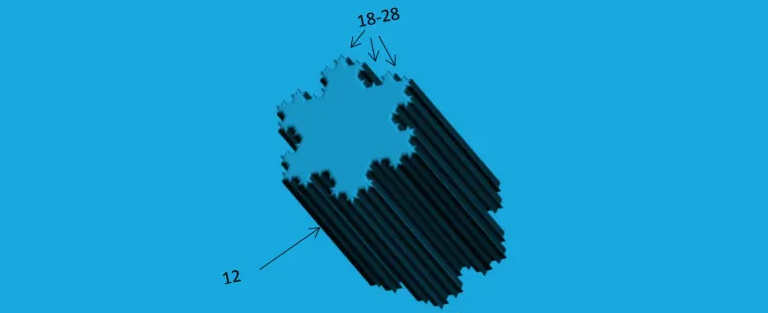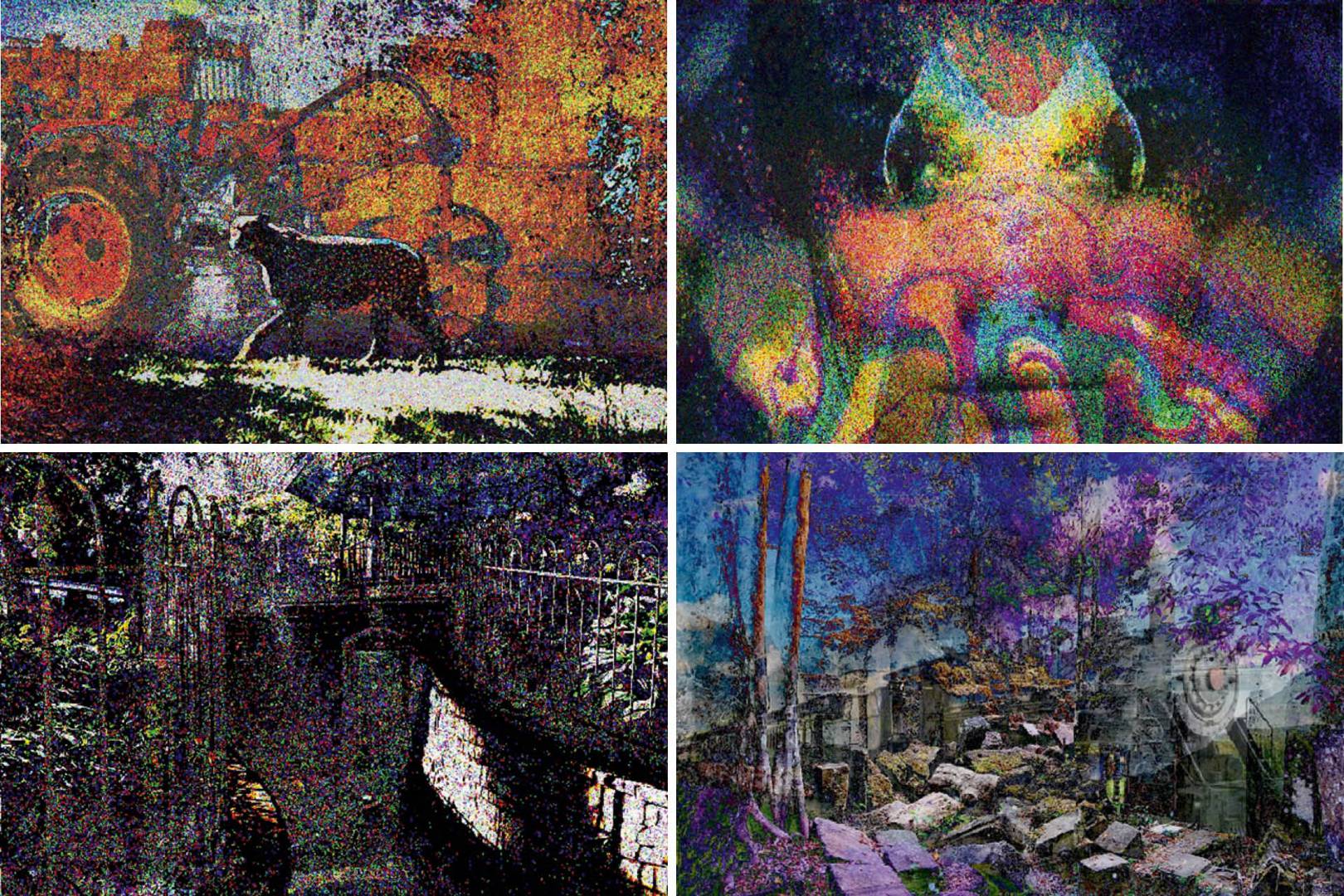AI should be recognised as “inventor” of new container product, say academics

Credit: Financial Times
AI designed interlocking food containers built for robot use, with a warning light that flashes in an unignorable rhythm: scientists want to credit AI for it.
Necessity is the mother of invention, as the phrase goes. Just as we evolve as a species biologically, we also evolve culturally, technologically and socially, shedding the aspects of human nature that we don’t need and embracing the new.
For millennia, this has been the bedrock of how things are invented. We moved from the quill to the pen, for example, as a more portable method of writing. From horse-drawn carts to cars. Even from getting up to turn the television channel to using a remote control.
It has long been theorised that so long as artificial intelligence is of a significantly clever enough level one day, the human race need not ever invent anything again. We used to notice when an invention was necessary – what if you could write a letter on the go? Or turn on the TV when you’re sat down? – but now, AI is commonly used to assess the data, and tell us what we need to address.

Now, artificial intelligence could be credited with an invention for the first time ever. AI has long been used as a guide to show us how to improve our lifestyles but this would be the first recorded instance of a non-human to ever be credited as an inventor of a product.
Missouri-based AI DABUS was trained to act creatively
As it stands, patents offices state that innovations can only be attributed to humans. There could be legal complications, they claim, if corporate inventorship were recognised.
Two professors from the University of Surrey have joined forces with DABUS AI to file patents in the AI system’s name. DABUS, which stands for “device for the autonomous bootstrapping of unified sentience” was created by Stephen Thaler, who used words and images to train DABUS to produce complex items.
Prototypes of containers such as these could well be created by robots; they would be used by robots too and now academics are suggesting that humans should have no credit in the invention.
DABUS is perhaps best known in some circles as an artist. Thaler combined thousands of artificial neural nets, each with millions of neurons within them to form imagery. The neural nets were given simulated neurotransmitters such as dopamine and noradrenaline, which resulted in surreal scenes. This produced what Thaler describes as “the selective ripening of the most novel and salient of these images”.
What’s different about this project is that Thaler did not classify the neural activation patterns emerging from a generative net. This marks a huge shift in artificial neural nets and in the case of DABUS, it would have needed to train on an enormous number of exemplars. In this sense, necessity was the mother of invention and required Thaler to explore a method outside the traditional assessment of neural activation patterns.
“At one end, we see all the characteristic symptoms of mental illness, hallucinations, attention deficit and mania,” Thaler claimed. “At the other, we have reduced cognitive flow and depression.” Thaler essentially represented DABUS’s input through an artistic, visual stream of consciousness.
The debate over where AI can be truly creative rages on. DABUS is not designed to solve problems like most AIs, though. DABUS is designed to come up with new ideas.
Its first patent is for a food container with fractal designs that creates pits and bulges from its sides. Several containers can be fitted together tightly, making it easy for robots to grip onto and transport the containers. Prototypes of containers such as these could well be created by robots; they would be used by robots too and now academics are suggesting that humans should have no credit in the invention.
The UK’s Patents Act 1977 currently states that any inventor must be human.
Will the law change?
AI is already informing the decisions that humanity makes regarding new inventions but sole credit on a product is another issue entirely. As it stands, amending the law to accommodate DABUS remains to be seen.
“It has been argued that a natural person may claim inventorship of an autonomous machine invention even in situations in which that person was not involved in the development or operation of a machine by virtue of recognising the relevance of a machine’s output,” the team behind this project claims in its patent applications page.

“In some cases, recognition of the inventive nature of a computer’s output may require significant skill, but in others, the nature of inventive output may be obvious. In the present case, DABUS identified the novelty of its own idea before a natural person did.”
The UK Intellectual Property Office (IPO) and European Patent Office have both suggested that the container and device designed by DABUS match all primary requirements to receive a patent. Patents are still pending in the US, too.
Necessity really is the mother of invention: it may well be a necessity that the law change to accommodate machine-designed inventions. Could this be the start of robots designing the world for humanity?